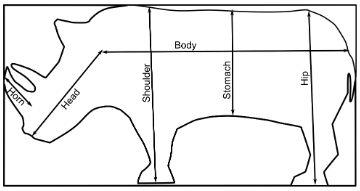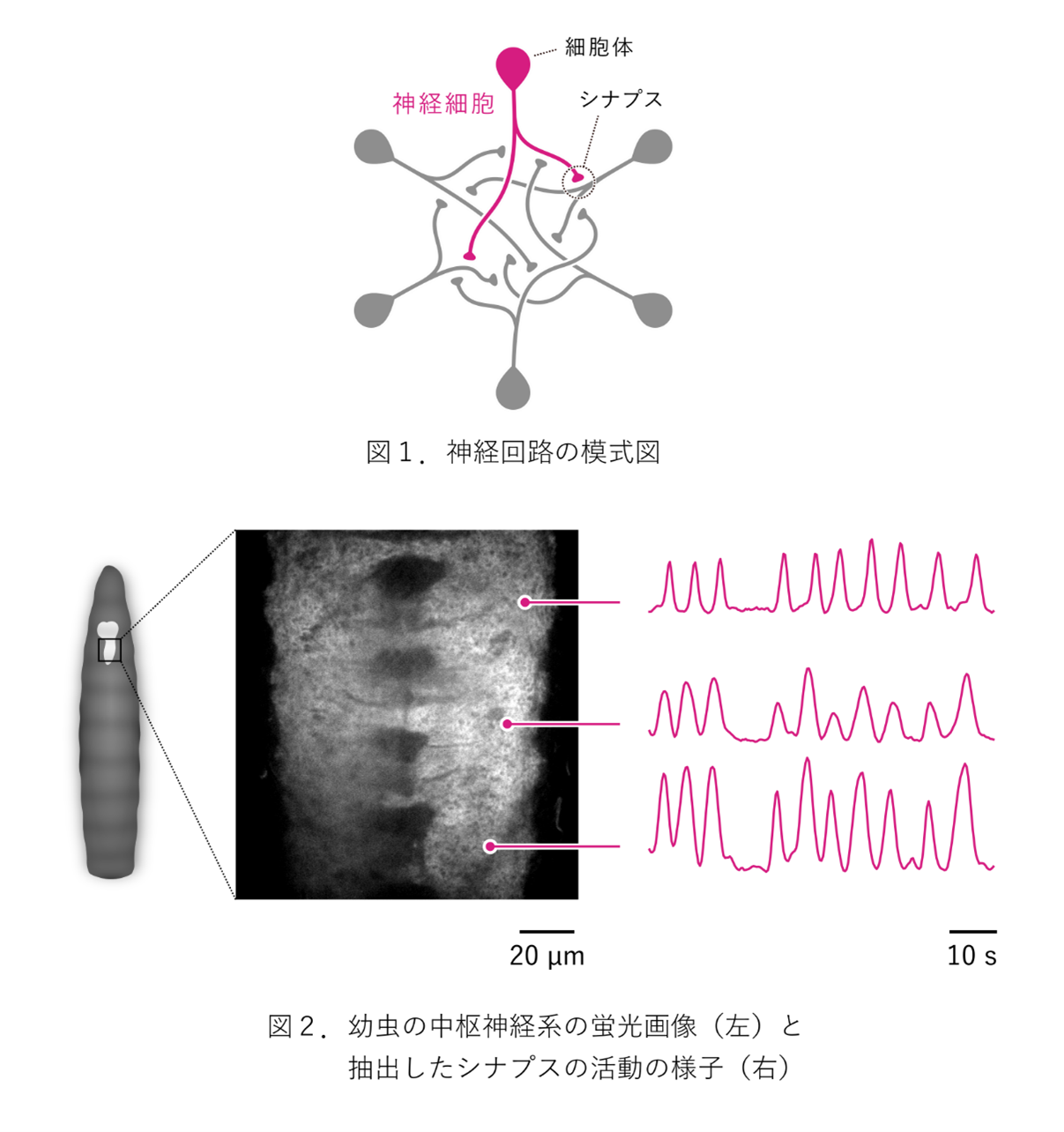ケンブリッジ大学の研究者たちは、1世紀以上にわたる写真を精査し、サイの角が時間の経過とともに徐々に小さくなっていることを示す初めての計測結果を得ました。 By scrutinising over a century’s worth of photos, University of Cambridge researchers have made the first ever measurements that show rhinoceros horns have gradually decreased in size over time.
2022-11-01 ケンブリッジ大学
角の長さは、前世紀にすべての種で大きく減少していることがわかった。
サイの狩猟は、サイの個体数の激減を招いただけでなく、長い角を持つサイを射殺することによって、より小さな角を持つ生存者が増え、その生存者はより多く繁殖し、より小さな形質を次世代に受け継いでいると研究者は示唆している。
サイが角を進化させたのには理由があり、種によって、食べ物を掴むのを助けたり、捕食者から身を守ったりと、異なる方法で角を使っている。角が小さくなることは、サイの生存に不利になると考えられる。
<関連情報>
- https://www.cam.ac.uk/stories/rhino-horns-have-shrunk-over-time
- https://besjournals.onlinelibrary.wiley.com/doi/epdf/10.1002/pan3.10406
オンラインレポジトリの画像を用いた解析により、サイの形態と人間の認識の長期的な変化に関する豊富な情報が得られる Image-based analyses from an online repository provide rich information on long-term changes in morphology and human perceptions of rhinos
Oscar E. Wilson, Michael D. Pashkevich,Kees Rookmaaker,Edgar C. Turner
People and Nature Accepted: 3 September 2022
DOI: 10.1002/pan3.10406

Abstract
1. Online image repositories can offer a freely accessible, information- rich and cost-effective alternative to museum collections for studying long-term changes in human interactions with nature and ecological and evolutionary change. The Rhino Resource Center (RRC) is one example, curated by experts and holding a collection of >4000 rhino images, including both artistic por-trayals (1481–2021) and photographs (taken between 1862–2021), and rep-resenting a potentially valuable case study to investigate the utility of online image repositories for research into large vertebrates and, potentially, other well- recorded smaller taxa. The five extant species of rhino are all threatened by habitat loss and human hunting and therefore are an important focus for conservation research.
2. We used the RRC for two separate research approaches: (i) assessing the chang-ing representations and human interactions with rhinos using 3158 images (1531 pieces of artwork and 1627 photographs); and (ii) determining to what ex-tent morphological data can be extracted from photographs to assess changes in horn length over time, using a sample size of 80 photographs of rhinos taken in profile view.
3. We found that African rhino species have become more commonly depicted in images, compared to Asian rhino species over time. During the age of European imperialism (between the 16th and 20th centuries), rhinos were commonly portrayed as hunting trophies, but since the mid-20th century, they have been increasingly portrayed in a conservation context, reflecting a change in empha-sis from a more to less consumptive relationship between humans and rhinos. Finally, we found evidence for declining horn length over time across species, perhaps related to selective pressure of hunting, and indicating a utility for image- based approaches in understanding societal perceptions of large verte-brates and trait evolution.


